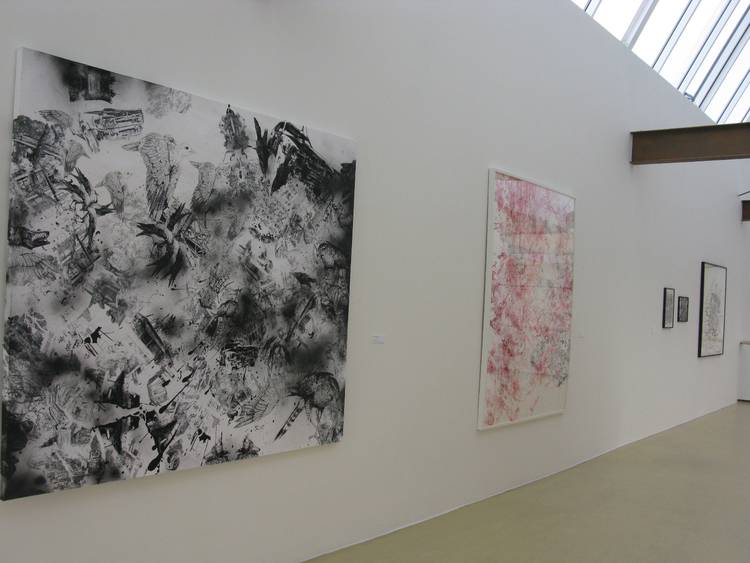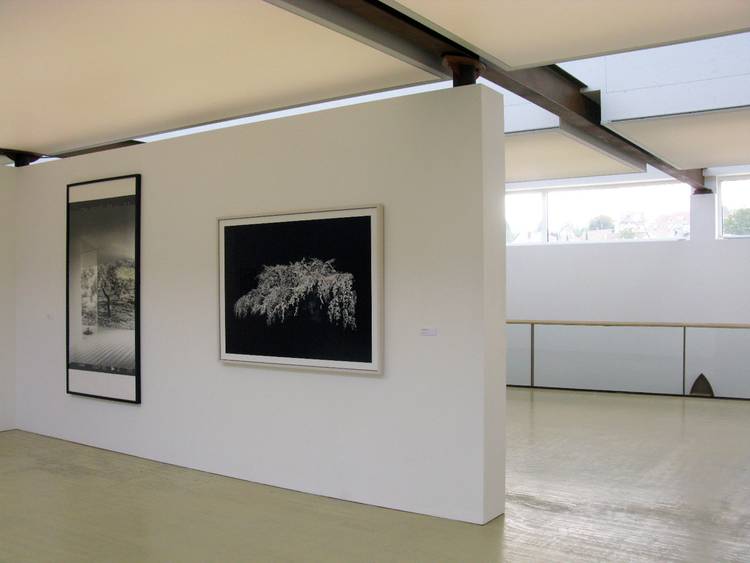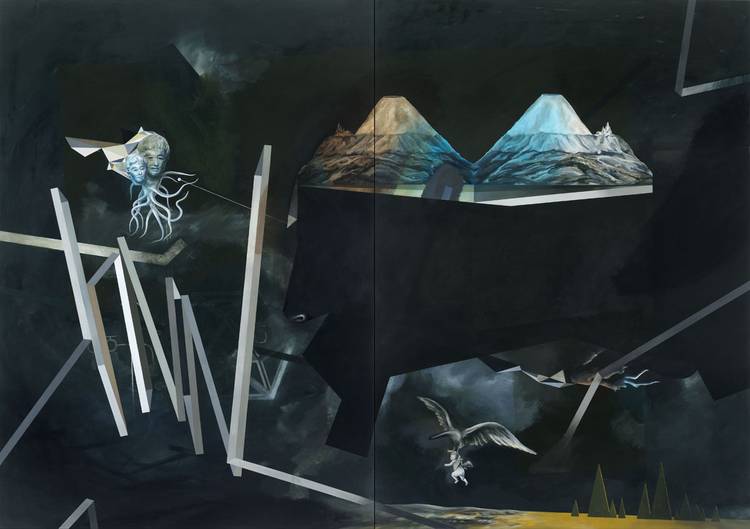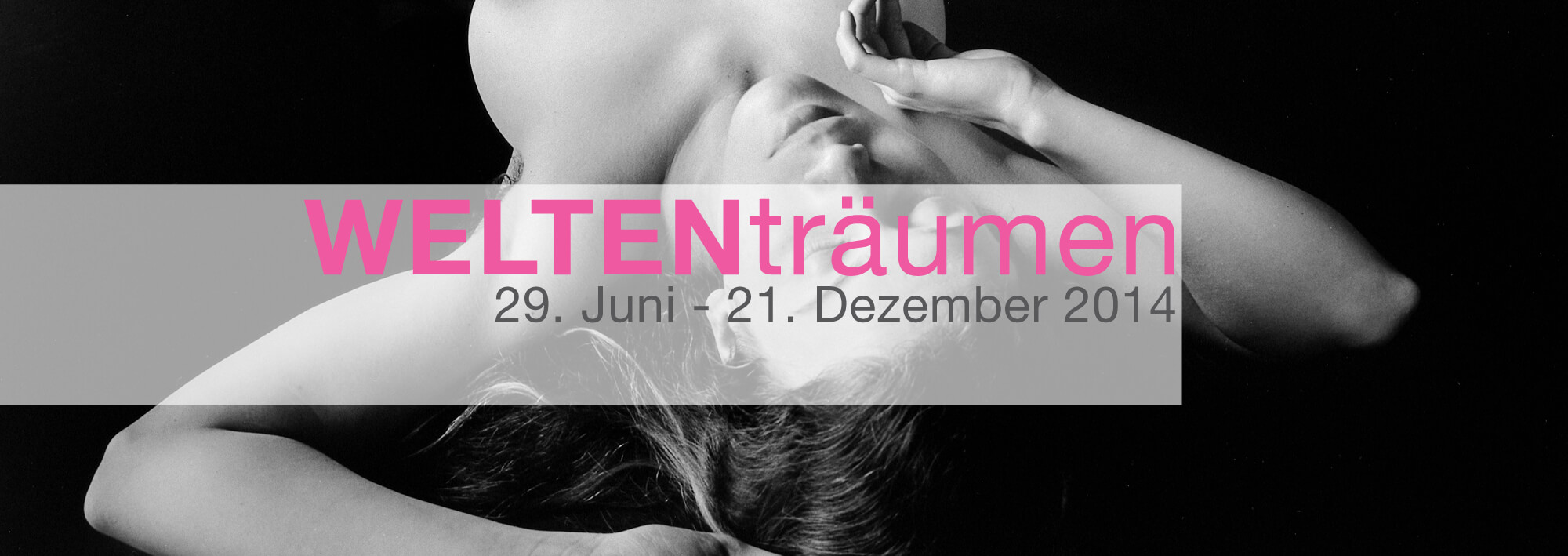
If you remember your dreams when you wake up, images and feelings often produce strange, puzzling pieces of scenery. These are scenery from your own experience, which take on a life of their own in dreams. If you recount what you have dreamt, the “story” generally seems confused, as the images strung together in the dream are not subject to the principle of what is logical.
#12
There are daydreams, pipe dreams, night-time dreams, bad dreams… Whatever they are about, they involve things, events – consciously or unconsciously – being combined in thoughts, which do not or do not yet exist in reality in this form. They are disconnected from reality, from what is real at present, and – when it comes to night-time dreams – fairly enigmatic. If we remember a dream then we often ask ourselves what we have dreamt up; we look for the “where” and the “why”, questioning the sense of the seemingly nonsensical, as the dream often seems confused when it is retold. We look for meaning, generally without finding an explanation.
The basis for the selection of the works presented in the exhibition is a connection between the imagery thinking in dreams and the production of mental images in art. The exhibits on display are not “painted dreams”; they are not attempts to reproduce dream experiences. Even the indirect representation of dreams, which is based on narrative or textual transmission of dream events, plays no part in the selected works. The pieces have been selected on the basis of their relationship to dreaming as pictorial thinking, which can piece together various things and is subject to no temporal restrictions, no logic and inner congruity. They present image worlds, which bring together motivic, artistic elements – set pieces from memory and experience – in a free, poetic way, forming their own image worlds. Perspectives of meaning and explicability of the pictorial connections generally remain open here, in limbo – in the picture as in a dream.
#Tour
Ground Floor
The present selection of pieces from the Alison and Peter W. Klein collection unfurls scenarios of the enigmatic and mysterious in pictorial landscape and stage spaces. On entering, visitors encounter a painting by artist Inna Artemova, who comes from Moscow and lives in Berlin. Her work combines architectural motifs – which give way to the pictorial – with figurative. Buildings perceived in the present give rise, in flashes of memory, to scenes of life in earlier times. Things separated into past and present come together in her pictures.
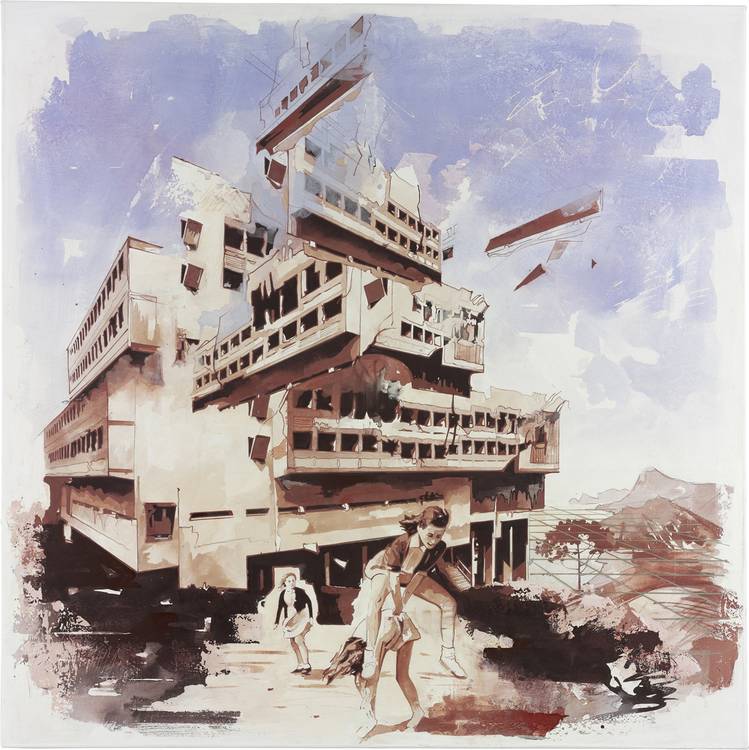
LEVEL 1
On the next storey, we encounter a series of pieces by Berlin artist Michael Wutz from the years 2010 to 2013. Drawings of skulls and bones, which are characteristic of his work, belong not only to the realm of the morbid. With his meticulous method of working, Michael Wutz seduces the viewer into close observation. Illustrators, explorers can be found in the drawing with motif islands on a white base, recording a finding, like archaeologists. The artist himself explores traces of his pictorial motifs of skulls and bones in ethnology, art history and cultural history, for example such as the story of the head-tree of Yimpang in India, which is believed to create a connection between present and past, between the living and mythical ancestors. References to Christian iconography are also recognisable. With one drawing, you think of the place of Jesus’ crucifixion, “Golgatha”; with another, of the empty grave; and on to “doomsday”. Even in the large, artistically highly complex panoramas, there is therefore not only an apocalyptic nature; they also include the aspect of the present and of new beginning.
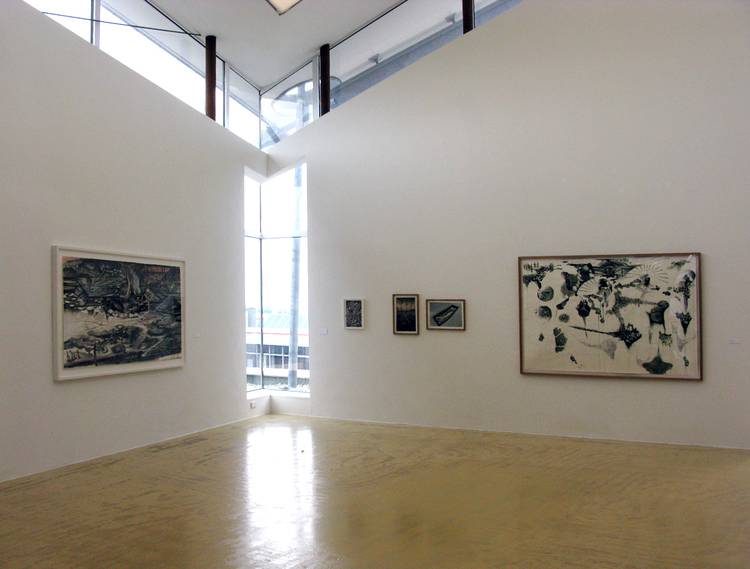
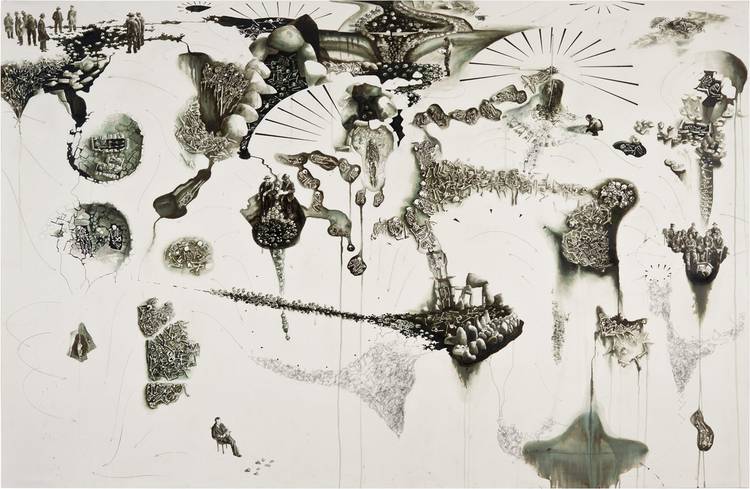
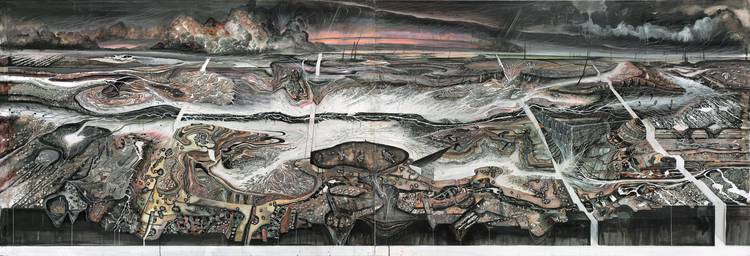
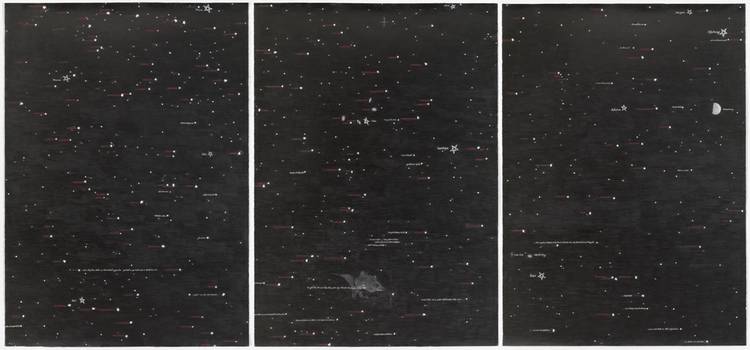
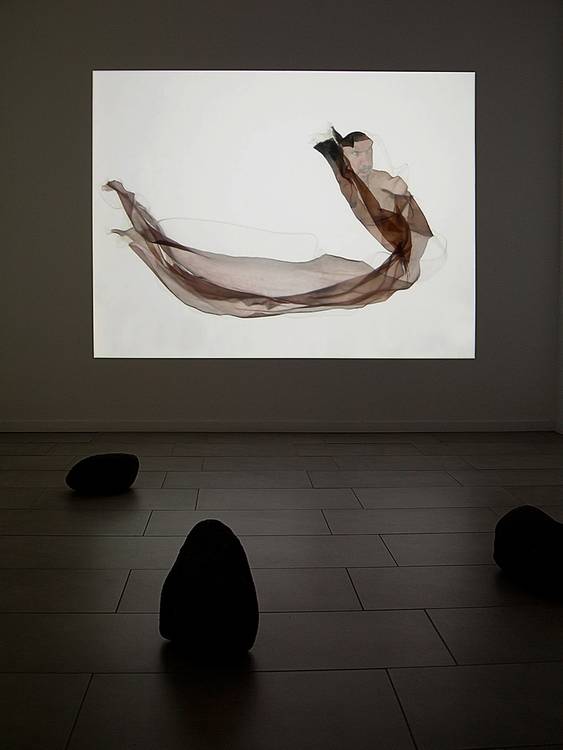
LEVEL 2
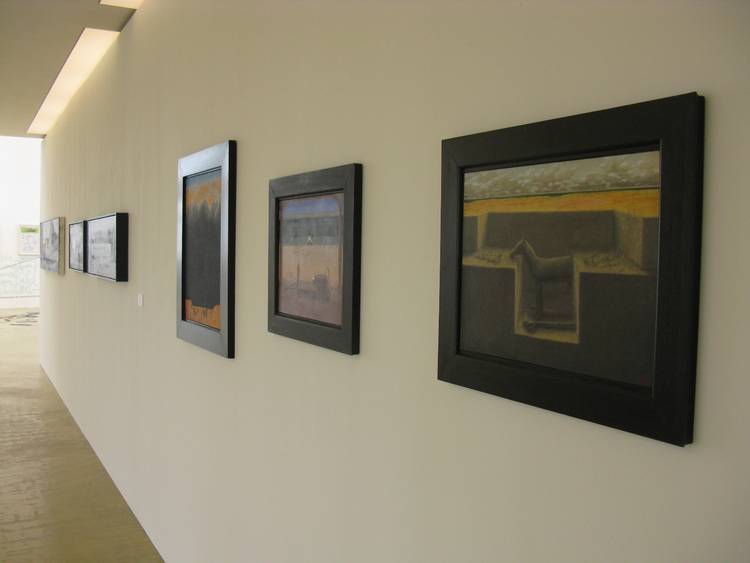
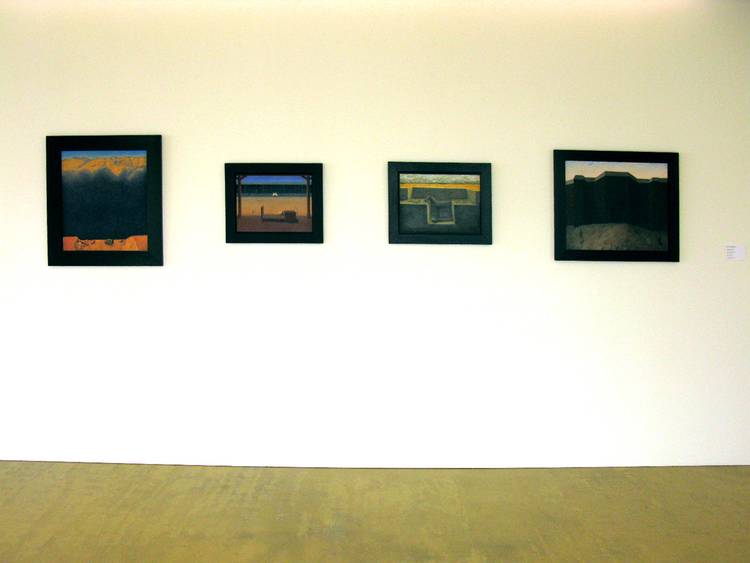
On the second floor, the pictures painted by Moritz Baumgartlfrom Stuttgart in the style of the old masters lead into a real-surreal world with stage-like pictorial spaces, the surfaces of which initially confront the viewer. If you manage to overcome these in the imagination and to enter the room conceptually then you will wonder – between military vehicles and bombs, observed by representatives/extras of church and secular power – whether you actually want to be there.
After this and all around the entire exhibition wall of the second storey supporting beam, pieces by David Lowe, Maik Wolf, Ola Billgren and Allen Anthony Hansen present landscapes that are disconnected from reality and contain surreal elements or characters from “black romanticism”, the spooky. On the outer walls of the supporting beam, the landscapes are surrounded by generally figurative pieces with surreal, fairytale and symbolic content, such as the photographs of Dominic Rouse and Jerry Uelsmann on one side, from which the exhibition cover picture also comes. On the other side is the large paper cut carved out with a scalpel by Charlotte McGowan-Griffin, followed by the nude photographs with their intriguing perspectives by Arno Minkkinen.
Three beings converge in “Wolf-Sheep-Priest” by Deborah Sengl and Ingo Pertramer. Finally, the wolf appears again as the animal from the world of fairytales and myths in the painting by Sabina Sakoh, which proves to be a symbolic picture with many mythological and allegorical references.
The works just mentioned have clear narrative qualities: when looking at them, a “story” is assumed without being fully distinguishable or revealed.

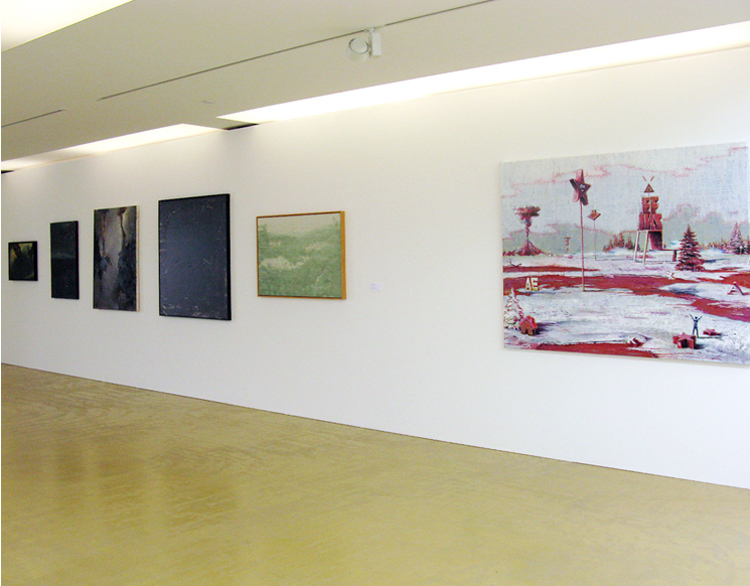
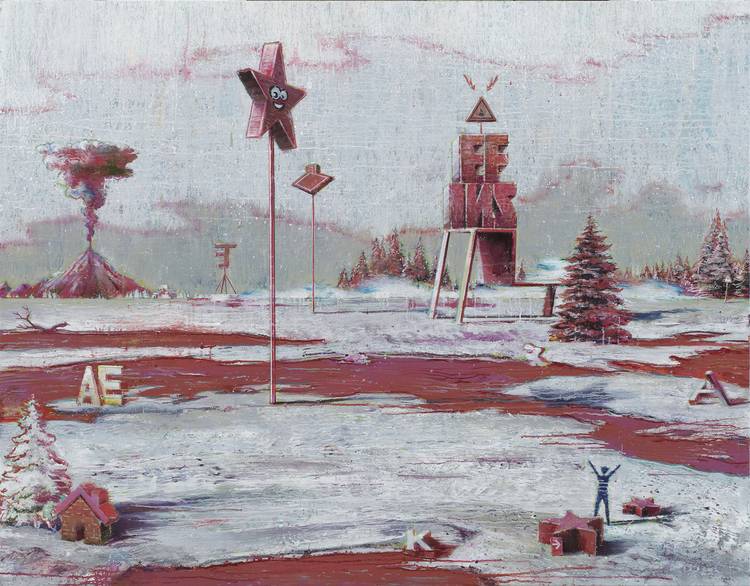
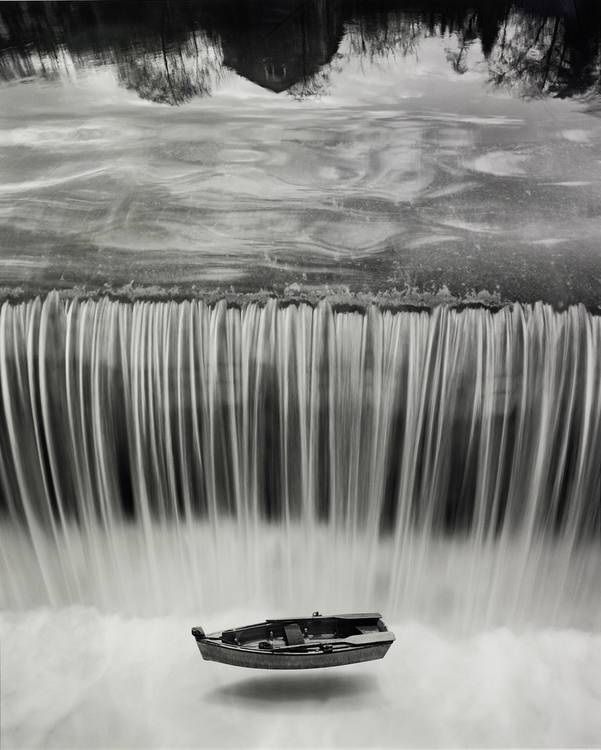
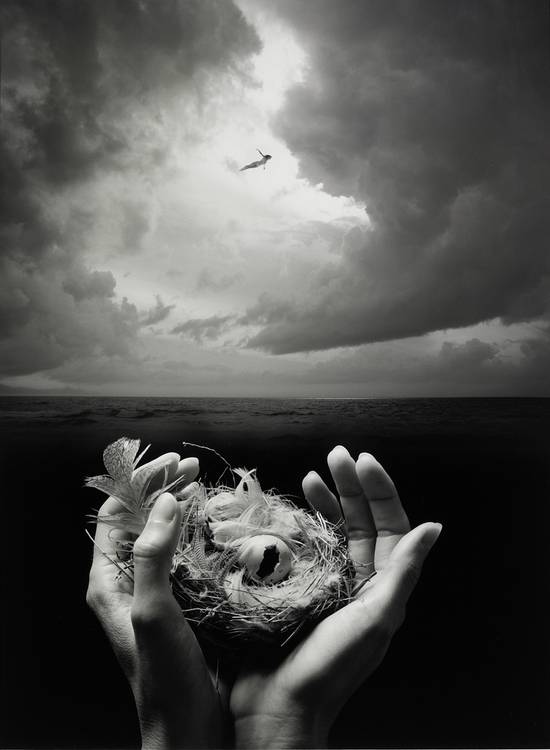
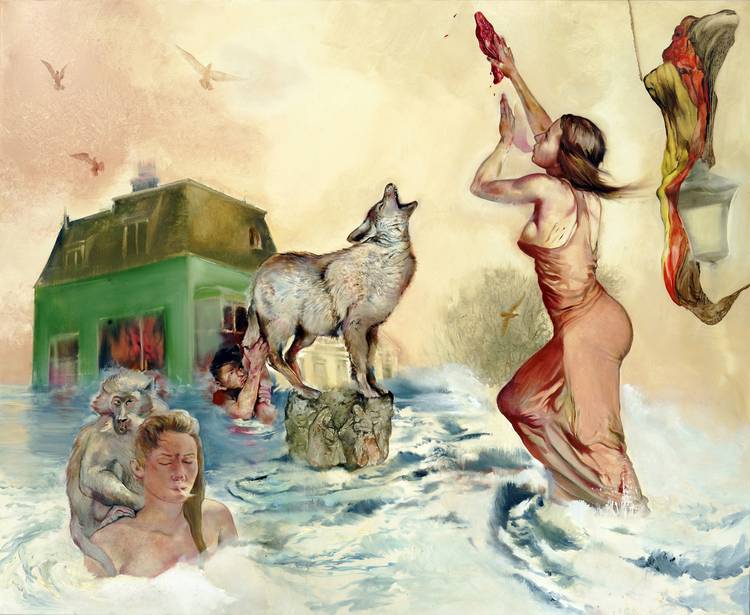
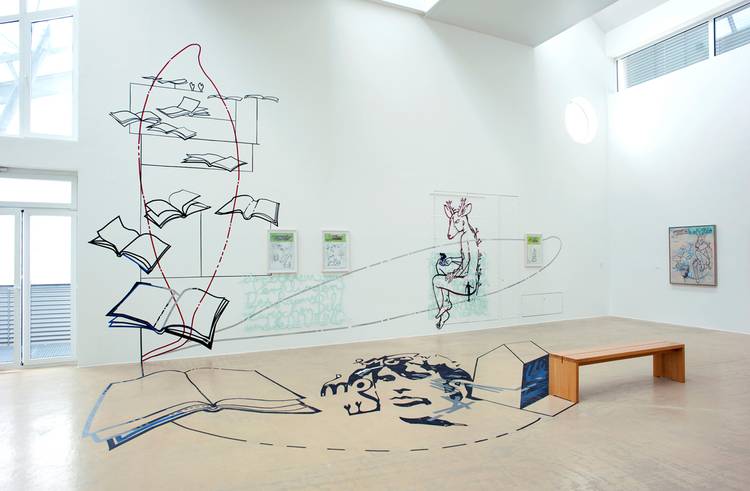
Similarly with artist Jörg Mandernach, who lives in Ludwigsburg: on and in front of the main wall of the second floor, he has produced an installation specifically for the exhibition, which is entitled Der Traum vom Verklingen des Raums zwischen Bild und Bedeutung (The Dream of Fading of the Space between Image and Meaning). With surrealist human-animal beings, with dimensional shifts, with pictorial and written symbols that play with the deciphering of meaning and the indecipherable, his installation programmatically represents the subject of the Welten tremens (World Dream). The artistic material upon which his creation is based consists of diary-like notes that are closely linked to his own experience. By contrast, there are pictures communicated through media, such as excerpts from magazines and newspapers as well as words and texts. The disparate, the experienced noted in snippets, and the alien all converge in a new, poetic entity.
LEVEL 3
On the third floor, narrative largely takes a back seat. With defamiliarisation effects and motif overlays, the works by Ralph Brueck and Bettina Krieg go to the limits of content readability and thereby point the perception to its own spaces of imagination. The photographs of Mayumi Terada and Sascha Weidner, both of which contain the motif of trees, appear in the perception like a rapid alternation of positive-negative effects, so the works are fascinating individually and unsettling in their juxtaposition. In the painting by Sebastian Burger from Leipzig, mythological figures can be seen, such as Ganymede abducted by the eagle, in a synthetic, abstract-figurative image world in which the elements form “surreal alliances and grotesque dialogues”.
